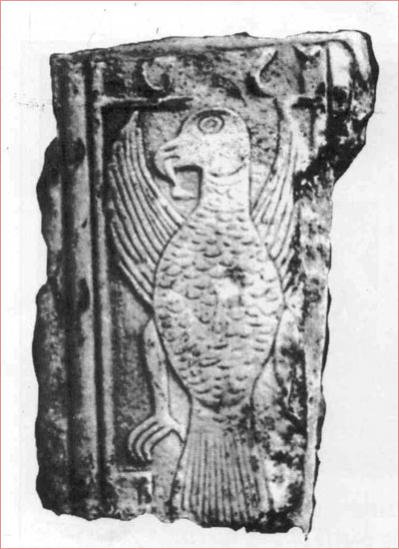
What is possibly the earliest written reference to the Albanians is that to be found in an old Bulgarian text compiled around the beginning of the eleventh century. It was discovered in a Serbian manuscript dated 1628 and was first published in 1934 by Radoslav Grujic. This fragment of a legend from the time of Tsar Samuel endeavours, in a catechismal ‘question and answer’ form, to explain the originsof peoples and languages. It divides the world into seventy-two languages and three religious categories: Orthodox, half-believers (i.e. non-Orthodox Christians) and non-believers. Though the Serbs go unmentioned, the Albanians, still a small conglomeration of nomadic mountain tribes at this time, find their place among the nations of half-believers. If we accept the dating of Grujic, whichis based primarily upon the contents of the textas a whole, this would be the earliest written document referring to the Albanians as a peopleor language group
It can be seen that there are various languages on earth. Of them, there are five Orthodox languages: Bulgarian, Greek, Syrian, Iberian (Georgian) and Russian. Three of these have Orthodox alphabets: Greek, Bulgarian and Iberian. There are twelve languages of half-believers: Alamanians, Franks, Magyars (Hungarians), Indians, Jacobites, Armenians, Saxons, Lechs (Poles), Arbanasi (Albanians), Croatians, Hizi, Germans.
[Extract from: Radoslav Grujic: Legenda iz vremena Cara Samuila o poreklu naroda. in: Glasnik skopskog naucnog drustva, Skopje, 13 (1934), p. 198 200. Translated from the Old Church Slavonic by Robert Elsie. First published in R. Elsie: Early Albania, a Reader of Historical Texts, 11th – 17th Centuries, Wiesbaden 2003, p. 3.]